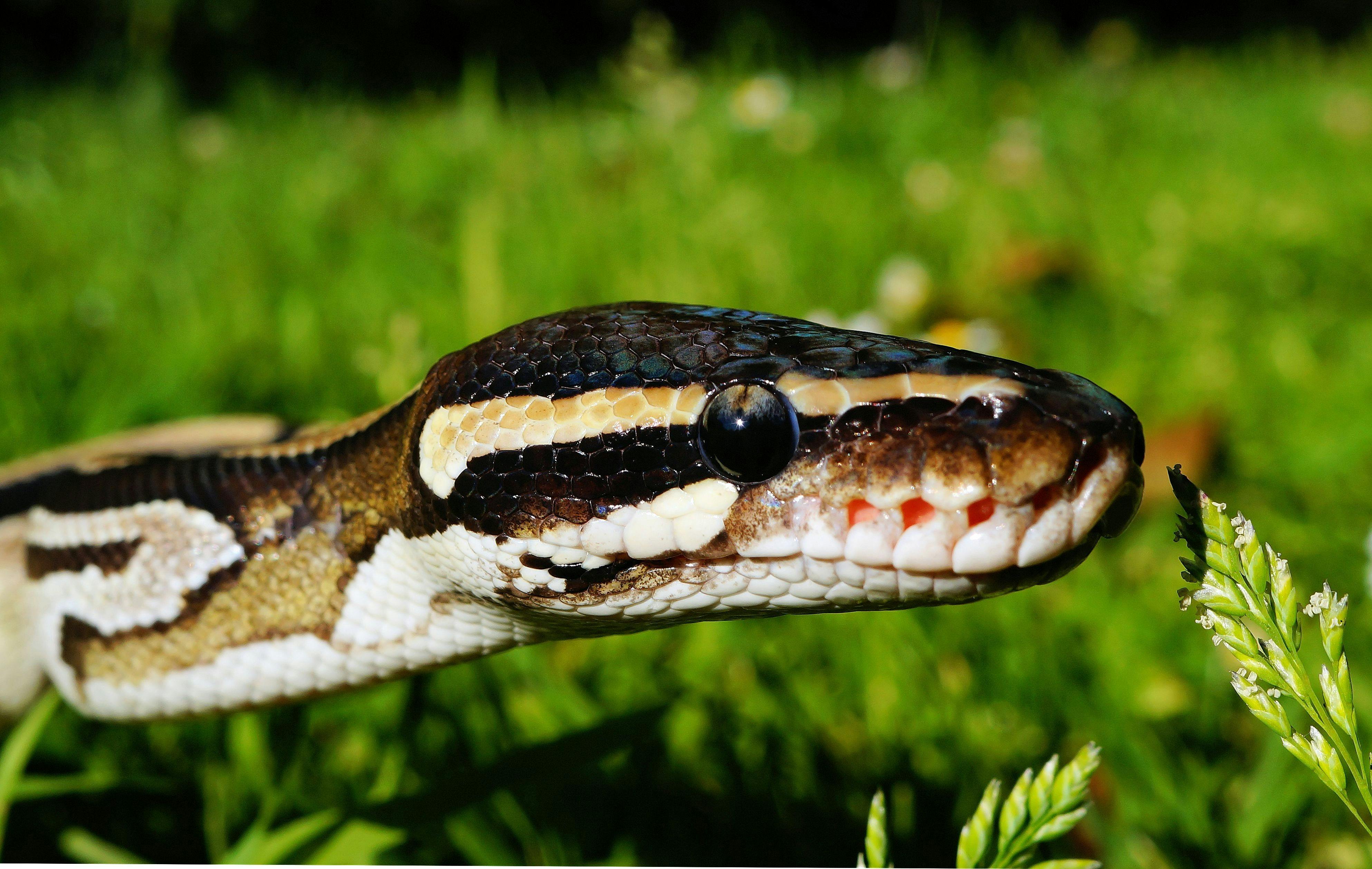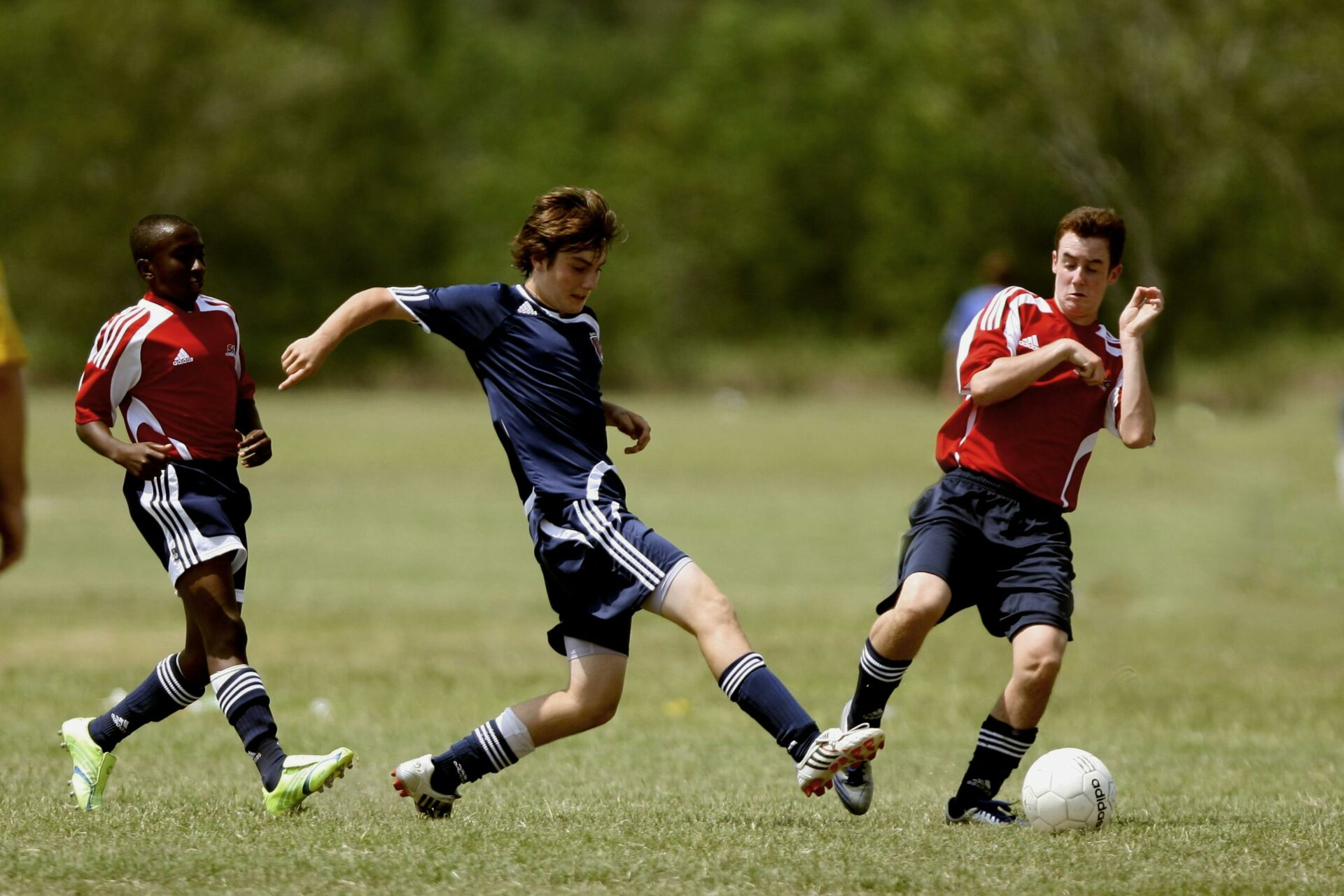If you own a ball python, one of the questions you may have is why your ball python is not eating. This is a common problem that many ball python owners face, and there are several possible explanations. In this article, we will discuss the various reasons why your ball python may not be eating and what steps you can take to help get it back on track.Possible reasons why your ball python is not eating could include: stress due to a new environment, illness, improper temperature and humidity levels in the enclosure, or it may be in a period of brumation. If you have recently acquired your ball python from another home, it may take some time for it to adjust to its new environment. Make sure that the temperature and humidity levels are within the ideal range for ball pythons. If they are too low or too high, this could cause your snake to become stressed and disinterested in feeding. It is also normal for ball pythons to go through periods of brumation, which can last several weeks or even months. During this time, they will not feed and may appear inactive and lethargic. If you suspect that your ball python is ill, contact a veterinarian right away for an examination.
What to Do if Your Ball Python Refuses to Eat
If your ball python is refusing to eat, it may be a sign of illness or stress. It is important to take immediate action when your snake refuses to eat. First, evaluate your snake’s environment and make sure it is suitable for its species. The temperature and humidity should be appropriate for a ball python, and the enclosure should be large enough for the snake to move around comfortably. If the environment appears to be satisfactory, then you will need to check for any underlying health issues that could be causing the snake not to eat. In some cases, an illness or injury can cause a snake not to feed. If you suspect your ball python is ill, take it immediately to an experienced reptile vet for diagnosis and treatment.
Another possibility is that the snake is stressed by its surroundings or something in its enclosure. This could include too much handling or changes in the environment such as new decorations or furniture in the room where the enclosure is located. To reduce stress, keep handling of your ball python at a minimum and provide a quiet space away from other people and pets in your home.
If all other causes have been ruled out but the snake still refuses to feed, you may need to consider force-feeding as a last resort. Force-feeding requires special equipment and techniques so it should only be done under the guidance of an experienced reptile vet or breeder who has experience with force-feeding snakes. Force-feeding should only be done as a last resort since it can cause further stress on the snake if not done properly.
How to Tell if Your Ball Python is Not Eating
If your ball python is not eating, it may be difficult to determine the cause. There are a few signs that can help you identify if your pet snake is not eating and needs additional care. When a ball python stops eating, it can indicate several different problems that need to be addressed. It is important to get to the root of the problem quickly in order to ensure your pet snake’s health and safety.
First, you should look for any physical changes in your ball python. These can include a decrease in weight or size, discoloration of scales, or a change in behavior. If you notice any of these changes, it could be an indication that your ball python is not eating properly.
Another sign that your ball python may not be eating properly is if they are regurgitating their food or refusing meals altogether. Regurgitation can occur if the food item was too large for them to swallow or if they were startled while attempting to consume the meal. If you notice this behavior, it may be time to consider changing their diet or offering smaller meals more frequently throughout the day.
It is also important to ensure that the habitat conditions are ideal for your pet snake’s health and well-being. The temperature of the habitat should remain consistent and appropriate for their species and size, as well as provide enough space for them move around freely without feeling stressed or cramped. Additionally, make sure they have adequate access to water and humidity in order for them to hydrate properly and digest their food efficiently.
If all of these conditions are met but your ball python still refuses food, it may be time for a visit with a reptile specialist or veterinarian who can help diagnose any underlying medical issues and recommend specific treatments accordingly. With proper care and attention, you can help ensure that your pet snake stays healthy and happy!
What to Feed a Ball Python that is Not Eating
When a ball python refuses to eat, it can be concerning for their owner. If your ball python is not eating, there are a few things you can do to try and get them back to normal. First, try offering food at different times of the day and see if that helps. Ball pythons may have a preference for certain times of the day when they feel more active and are more likely to feed.
It is also important to offer food that is appropriate for their size. This means offering smaller-sized prey or pieces of prey. Make sure it is something your ball python would find appealing. If they are still refusing food, try defrosting frozen mice in warm water or chicken broth before feeding them to your snake. This can help make the food more palatable and attractive for them.
You may also want to consider trying different types of food such as rodents, chicks, lizards, or fish. Different types of prey can be more attractive than others and may entice your ball python into eating again. Make sure the prey you offer is appropriate in size so that your snake does not become overwhelmed with trying to eat it.
Finally, if all else fails you may need to resort to force-feeding your snake with an oral syringe filled with a mixture of water and baby food puree until it begins eating on its own again. This should only be done as a last resort when all other methods fail as force-feeding can cause health issues in some snakes if done incorrectly or too often.
If none of these methods work after several attempts then it may be time to seek out professional advice from an experienced veterinarian who specializes in reptiles and amphibians. They will be able to diagnose any underlying health issues that could be causing your ball python’s lack of appetite and recommend the best course of action for getting them back on track with eating again.
Signs of Illness That Could Cause a Ball Python Not to Eat
Ball pythons are normally hearty eaters, but there are certain signs of illness that could cause them to stop eating. These can range from mild to severe and should always be checked out by a veterinarian if they persist. Some of the most common signs of illness that could cause a ball python not to eat include:
Weight Loss – Weight loss is one of the most noticeable signs that something is wrong with your ball python. If your snake’s body appears thinner than normal, or if it looks like they have lost weight, this could be an indication that something is wrong.
Lethargy – Another sign that something is amiss with your ball python is if it seems lethargic or sluggish. If your snake is not moving around as much as it usually does, this could be a sign that they are not feeling well.
Lack of Appetite – A lack of appetite can also be an indication that something is wrong with your ball python. If they seem disinterested in food or have stopped eating altogether, this may be a sign that they are ill and need to be checked out by a veterinarian.
Changes in Color – Changes in coloration can also signal illness in a ball python. If the coloration has changed drastically or the pattern appears different than usual, this may indicate an underlying health problem and should be checked out immediately by a vet.
Vomiting and Diarrhea – Vomiting and diarrhea are two more signs of illness in a ball python that should never be ignored. These symptoms can indicate serious health issues and require prompt attention from an experienced veterinarian.
It is important to keep an eye out for any signs of illness in your ball python so you can take action as soon as possible if necessary. Catching any issues early on can help prevent more serious problems down the line, so make sure you know how to spot the signs so you can get your pet the help they need right away.

Stimulating Appetite in a Ball Python
Ball pythons are among the most popular pet snakes, however they can sometimes refuse food. If your ball python is not eating, there are steps you can take to stimulate its appetite. It is important to understand why your ball python may not be eating, and then use the appropriate methods to encourage it to eat.
The first step in stimulating your ball python’s appetite is to ensure that their environment is suitable for them. Ball pythons require a suitable temperature and humidity level for them to be comfortable. If the environment is too hot or too dry, they may become stressed which can lead to them refusing food. Make sure that the enclosure you have set up has the correct temperature and humidity level for your particular type of snake.
Once you have ensured that their environment is suitable, it may be necessary to change the type of food you are offering your ball python. In the wild, these snakes feed on small rodents such as mice and rats. If you have been feeding them pre-killed or frozen rodents, try switching to live prey as this may encourage them to eat. You should also try different types of food such as worms or insects if they are not interested in rodents.
Another way to stimulate a ball python’s appetite is by providing a regular schedule for feeding times and making sure that their enclosure is clean and free from odors that could put them off eating. It is important to keep their enclosure clean so that they feel safe and secure in their home and do not feel threatened by potential predators or other smells which could put them off eating.
Finally, if all else fails it may be necessary to take your ball python for a veterinary checkup if they continue refusing food for an extended period of time. This will help determine whether there is an underlying medical condition which could be causing them not to eat or whether there is some other reason why they are not eating properly. A veterinarian will be able to advise on the best course of action for getting your snake back on track with its eating habits.
How Stress Can Affect a Ball Python’s Appetite
Stress can have a big impact on the health and well-being of a ball python, including its appetite. When a ball python is under stress, it can stop eating and it may take some time before it starts eating again. This can be caused by many things, such as changes in environment, improper handling, and even illness. It is important to understand how stress affects a ball python’s appetite so you can take steps to reduce the amount of stress your pet experiences.
One of the most common causes of stress for ball pythons is changes in their environment. This includes changes in temperature, humidity levels, and lighting conditions. If these conditions are not kept consistent, the ball python may become stressed and stop eating. Additionally, if the enclosure is not kept clean or if there are too many objects inside the enclosure, this can cause stress as well.
Improper handling of your ball python can also lead to stress. If you handle your snake too much or in an incorrect way, it may become stressed and stop eating. It is important to learn how to properly handle your snake so that you do not cause undue stress to it. Additionally, when handling your snake make sure that you do not grab it too tightly or move it around too quickly as this can also cause stress.
Finally, illness can be another reason why a ball python stops eating. If your snake appears ill or lethargic then it could be sick and this could lead to a lack of appetite. In these cases it is best to take your snake to the vet for an examination so that they can determine if something is wrong and treat any underlying issues that may be causing the lack of appetite.
In conclusion, understanding how stress affects a ball python’s appetite is important for ensuring that your pet stays healthy and happy. Be sure to keep its environment consistent, handle it properly, and make sure that any underlying illnesses are treated promptly if they occur so that you can maintain your snake’s proper nutrition levels.
Create the Right Enclosure
Creating the right enclosure for your ball python is essential in order for it to feel comfortable enough to eat. Ball pythons need a secure and dark environment, so it is important to choose an enclosure that will provide enough space for them to move around, but also be secure enough that they cannot escape. Make sure the enclosure has a tight-fitting lid to prevent any unwanted visitors from entering. Additionally, providing hiding spots within the enclosure can help give your ball python a sense of security and comfort.
Provide an Appropriate Temperature Range
Ball pythons require temperatures ranging from 78-82 degrees Fahrenheit. Having a temperature gradient within the enclosure is important in order for your ball python to be able to regulate its body temperature. To create this gradient, use a basking lamp or heat mat on one side of the enclosure and make sure the opposite side is cooler so your ball python can move between temperatures if needed.
Provide Proper Lighting
Your ball python needs appropriate lighting in order to help maintain its circadian rhythm. This means that you should provide 12 hours of light and 12 hours of darkness each day for your pet snake. You can easily achieve this with a timer connected to a light source such as an incandescent bulb or fluorescent tube light. Additionally, providing UVB lighting in the form of special bulbs or fluorescent lamps may help promote better health and appetite in your pet snake.
Maintain Proper Humidity Levels
It is also important to maintain proper humidity levels within your ball python’s enclosure in order for it to eat comfortably. Ball pythons need humidity levels between 50-60%, so make sure you are providing adequate ventilation within the enclosure as well as misting it regularly with water or using a humidifier if necessary. Additionally, adding substrates such as coconut fiber or cypress mulch can help retain moisture more effectively than other substrates such as sand or gravel which tend to dry out quickly.
Feed Appropriately Sized Prey
When feeding your ball python, make sure you are using appropriately sized prey items that are no larger than its own head size. This will ensure that your pet snake can easily consume and digest its meals without any risk of choking or regurgitation occurring afterwards. Using pre-killed prey items rather than live prey may also help reduce stress levels associated with feeding time and increase appetite as well.

Conclusion
Ball pythons are generally very hardy and easy to feed in captivity. However, sometimes they may refuse to feed, and it is important to identify the underlying cause and address it quickly. In most cases, a lack of appetite is due to an environmental issue such as improper temperature or humidity levels, or a lack of security. Stress can also be a contributing factor if the snake has recently been moved or disturbed. If these issues are addressed, the snake should begin eating again relatively soon.
In more serious cases, the refusal to eat can be caused by an underlying health condition such as an infection or parasite infestation. If the cause is determined to be medical in nature, then treatment should begin immediately with the help of a qualified veterinarian.
Overall, the best way to prevent your ball python from refusing food is by providing them with a secure environment that meets their needs for temperature and humidity levels. Giving them plenty of time to adjust when changing environments can also help reduce stress levels which can lead to decreased appetite.
Remember that if your ball python stops eating for more than two months, consult your veterinarian immediately for further advice on how best to proceed.




